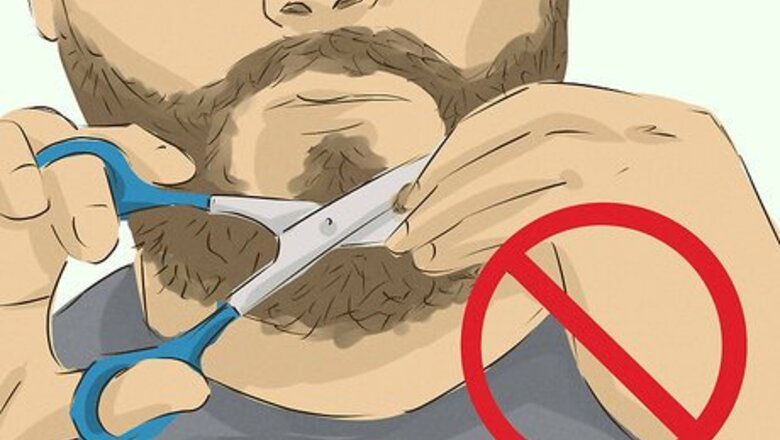
views
Shaping and Maintaining a Thick Beard
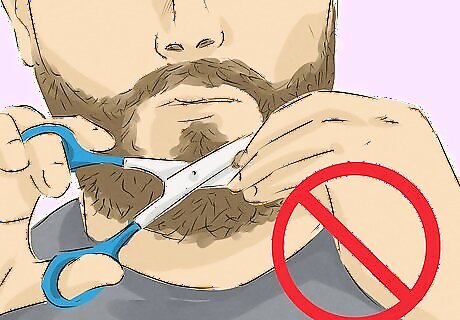
Avoid the urge to shape your beard too soon. You should avoid going near your newly-grown beard with a scissors or beard trimmers until it's been growing for a minimum of four weeks. Individual hairs grow at a different rate, so some sections of your facial hair may take longer to grow than others. Have patience and wait to see how much you can grow before shaping and trimming. The more hair you have, the easier it is to work with.
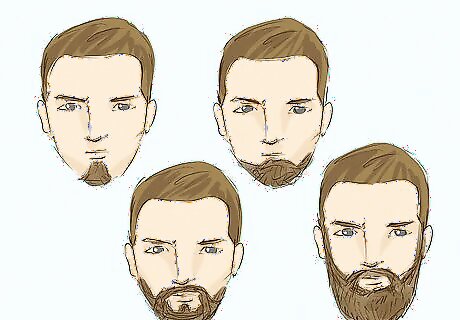
Choose a beard style. Once you have allowed nature to run wild and have been growing your beard for 4 to 6 weeks, you can start thinking about what style of beard you wish to adopt. You could leave it as it is - wild, rugged and undeniably masculine. Or you could go for something a little more polished, like a goatee and mustache combo or a refined chin strip or soul patch. Then you have the less common, but nonetheless manly, muttonchops and chin curtains. The choice is yours. If you're not sure what style works best for your face shape, visit a barber and ask for their advice.

Trim your beard. Once you have decided on a style, you can undertake the delicate process of trimming your beard. If this is your first time, you may want to consider going to a barber to have it done professionally, though finding a barber with any significant experience in handling beards is becoming harder and harder nowadays. If trimming your beard yourself, use a good trimmer to define your neckline, before shaping the rest of the beard. Use a guide so you don't accidentally overtrim. It is usually best to leave the cheek line natural, to avoid a weirdly shaped beard.

Shampoo and condition regularly. Your beard will need some regular love and attention to keep it in tip-top condition. Try shampooing it daily (or almost daily) with a gentle shampoo to keep the hair clean and remove any lost pieces of food (it will happen), and use a little conditioner from time to time to help strengthen the hair and keep it looking full and thick.
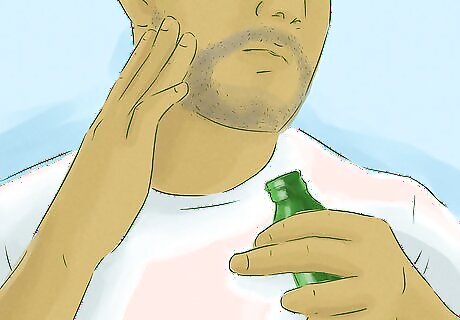
Use a protective oil. If you're exposing your beard to any harsh elements or chemicals - for example, while skiing or swimming in a chlorine-filled pool - you should apply a light layer of oil, such as jojoba or grape seed oil, which will protect your beard by locking in moisture and preventing the loss of natural oils.
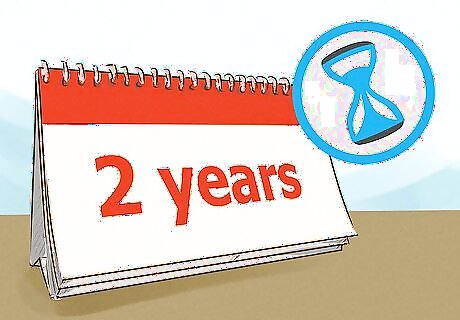
If all else fails, wait a couple of years. If your beard doesn't work out as well as you expected and you decide to let it go, don't lose hope. You can try again in a few years, as the development of facial hair continues to increase over time. This is why you usually see the fullest beards on older men.
Maximizing Beard Growth
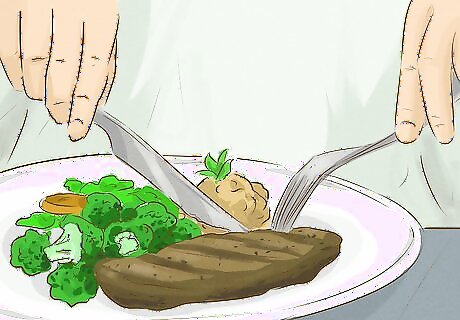
Eat well. Taking care of your body by eating well can favorably influence beard growth. As hair is mainly made up of protein, your beard will benefit from protein-rich foods, such as oily fish, lean beef and chicken. You should also try to increase your intake of healthy, saturated fats, such as those from nuts, fish and eggs. These will promote increased levels of testosterone, which is essential for thick, healthy beards. Green leafy vegetables, such as spinach and kale, are also a good addition to your diet, as they will help your body to metabolize estrogen (the female hormone), leaving a higher level o testosterone in your system. You should avoid high-sugar junk foods, as these provide no nutritional content and will contribute to weak, brittle hair.
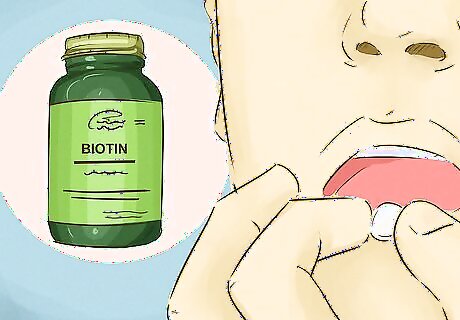
Take a vitamin supplement. Vitamin supplements can be a great way to optimize hair health and stimulate beard growth. Perhaps the best supplement for maximizing hair growth is biotin, a dietary supplement found in pharmacies and health food stores. Dermatologists recommend taking 2.5 mg of biotin every day, for best results. Other vitamin supplements which have been said to improve beard growth include vitamin B1, B6 and B12, along with beta-carotene, flax seed oil and nettle oil. There is also a multivitamin called VitaBeard which is specifically designed to promote healthy facial hair, allowing beards to grow faster and stronger. It also helps to minimize itching, as it regulates skin's oil production. VitaBeard is available to buy online at beardvitamin.com.
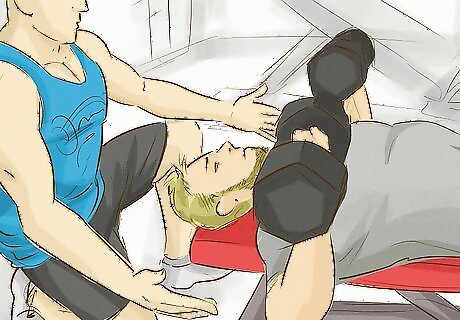
Exercise. Regular, moderate to intense exercise can contribute to a thick, healthy beard as it helps to stimulate testosterone production and improves circulation. Good circulation is important as it carries the required vitamins and nutrients to the skin and hair through the bloodstream. Try to combine both cardiovascular and muscle-building exercises in your workout routine, for best results.
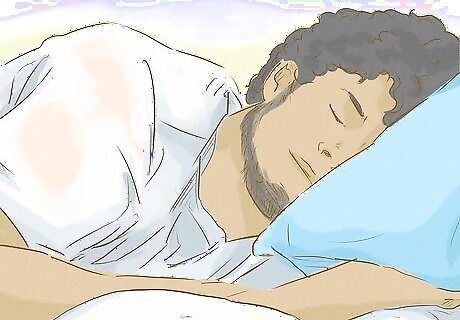
Get plenty of rest and relaxation. Sleep is important as it allows cells to repair and regenerate - which is essential for healthy hair growth. Your overall health and well-being depends on getting enough sleep, so you should try your best to get 7-8 hours of good quality sleep each night. You should also try to minimize your stress levels as much as possible, as high stress levels have been linked with hair loss.

Stay hydrated. Your beard is not like a plant - drinking more water is not going to make it grow faster. However, keeping yourself hydrated is essential for optimum body function, which will improve your overall health. Water flushes out toxins from the body and keeps skin hydrated from within - and neither of these things can hurt your chances of a healthy beard.
Beard Growing Basics
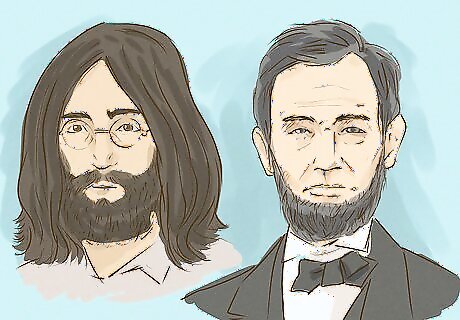
Choose a bearded role model. Growing a beard is a commitment. It will take time and dedication. There may be days when you feel like giving in and picking up the razor again. For times like these, you may find it helpful to keep an image of a bearded role model in mind. Think of a man with a gloriously full, thick beard who's image will provide you with inspiration and motivation when you need it most. Get a picture of this man and hang it in your bathroom. He'll provide you with the strength you need to persevere and achieve the manly beard you've always dreamed of. Some good examples of fabulously full-bearded men include: musicians like John Lennon and Jim Morrison, philosophers like Karl Marx and Sigmund Freud, former American presidents Abraham Lincoln and Ulysses S. Grant and mythical Gods such as Zeus and Poseidon.
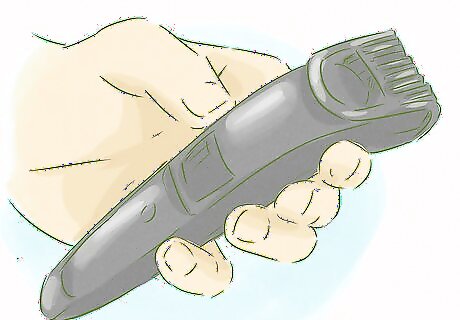
Ignore the myth that shaving your beard will make it grow back thicker. You've probably heard the advice that shaving your beard will cause it to grow back twice as thick as before, but there is no real truth to this theory. After shaving your beard, your hair will experience a slight initial growth spurt, but will quickly return to a growth rate that's even slower than it was before, therefore rendering the growth benefits of shaving negligible. In addition, your beard may appear to be thicker when it starts growing again, but this is only because the hair nearest the root is darker and coarser than the ends. Once the length of the hairs increase, you will no longer notice a difference. As a result, your best bet is just to leave your facial hair be. Lock your razor into a drawer and let nature take its course.
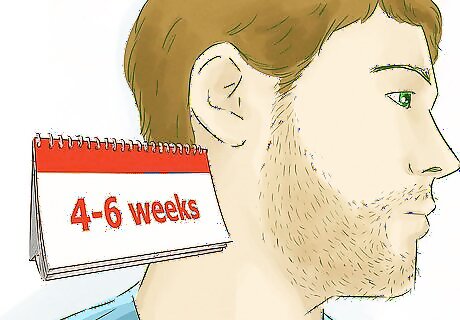
Grow for 4-6 weeks. It will typically take between 4 to 6 weeks for you to grow your facial hair into a proper beard. It will be hardest in the beginning, when your facial hair may be patchy and uneven and you'll have to deal with smirks and snarky comments from friends and family who don't understand your quest for bearded glory. For this reason, it may be best to start growing your beard while on vacation or a break from work. This will give you a running start at growing your beard, away from the critical eyes of others.
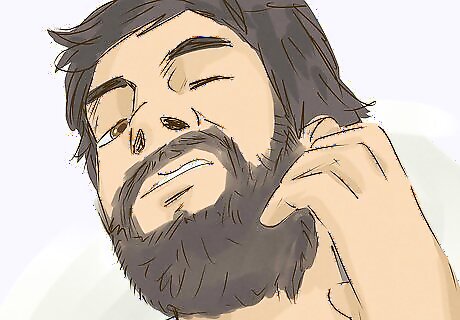
Learn to deal with the itchiness. The major hurdle where most aspiring beard-owners fall is dealing with itchiness. Itchy, irritated skin can be a major problem while your beard is growing in, but don't let it get the best of you - fight back! Wash your face daily with a mild cleanser to keep skin clean. Use a soothing moisturizer to hydrate dry, flaky skin and reduce redness. If the itching is really getting on your nerves, get your hands on a 1% hydrocortisone cream which should significantly relieve the need to scratch. Remember that the itchiness is temporary - it will go away as soon as your beard reaches a certain length - so be strong! Itchiness is usually a sign that your beard and the skin underneath are dry. Conditioning and moisturizing your beard regularly can help prevent dryness.

Wash your beard with anti-dandruff shampoo. Washing your beard a couple of times a week with an anti-dandruff shampoo can also help to relieve itchiness and get rid of any dry flaking skin, which can make your beard unsightly. If you like, you can also use a small amount of conditioner to keep your new beard feeling soft and healthy.

Realize that the rate of growth and thickness of your beard will depend largely on genetics. Unfortunately, there is no magical serum that will allow you to grow a wonderfully thick, full beard. The type of beard you will be able to grow will depend largely on genetics (thanks Dad!) and the natural levels of testosterone that your body produces. As a result, you will need to work with the facial hair you've been given, doing whatever you can to maximize its health and encourage growth.




















Comments
0 comment